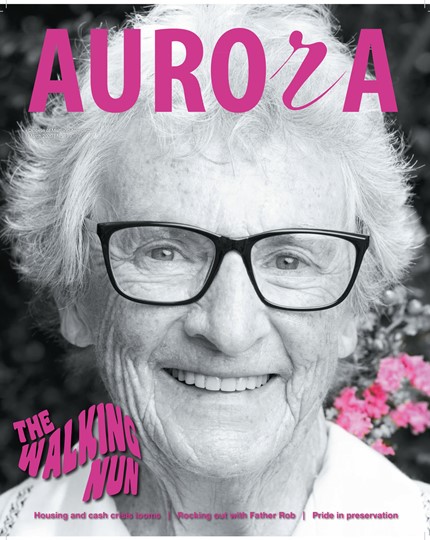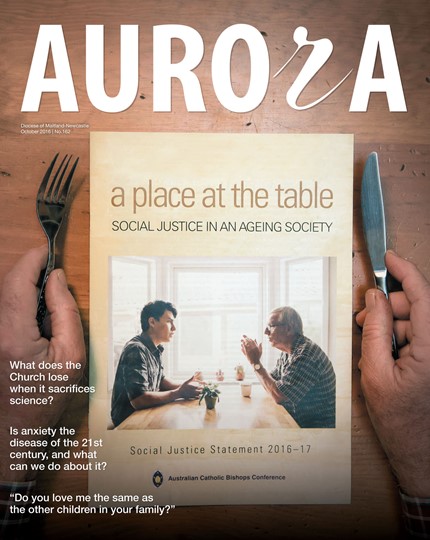Chris Cull has visited prisoners on death row in the USA and is passionate about seeing an end to the practice:
The US is the only Western country to still support the death penalty. There are two reasons why we should be concerned; first, taking a life in any circumstance is wrong and more so when the state kills people it is supposed to be protecting; secondly, the punishment has nothing to do with crime as I will explain.
The Past
There is a line that traces back to the end of slavery in the US when the Southern states moved through the post-Civil War years and Reconstruction period. The conservative white population began feeling increasingly threatened by the (now) free blacks. As a reaction they resorted to lynching and persecution as forms of intimidation. The early 20th century saw the rise of the Ku Klux Klan. Lynching was outlawed, and the electric chair was invented. With its use, the states legitimised the process of intimidation. Numbers were high – in 1933 Alabama executed 55 people in just one year.
The Present
The death penalty is still used predominantly against underprivileged people and nearly exclusively men who are black, poor, mentally impaired, and live in specific locations. Geography matters. In Louisiana for example, where the state supports the death penalty, only two jurisdictions - Caddo and Orleans Parishes - sentence people to death.
Problems with the death penalty
As a deterrent to crime and justifiable punishment, the death penalty fails on every count. The facts are as follows:
- Most murders are crimes of passion carried out without planning or consideration of the punishment. Even the police admit the death penalty does not act as a deterrent
- The process around it is expensive - costing around $10 million dollars on average (in Florida the cost is $28 million). This is due to the cost of appeals, retrials, additional security, and the length of time prisoners are held before execution – often around 25 to 30 years
- It is arbitrary - those who can afford to engage an experienced lawyer never go to death row. Prosecutors only seek this punishment when they know they have a good chance of winning and so seek out those who don’t have the resources to mount any form of effective defence
- Juries are biased towards the death penalty – those who are opposed cannot serve
- The method used is deemed ‘a cruel and unusual punishment’. Lethal injection is a brutal death that takes about half an hour - ending in a chemically-induced heart attack
- The process brutalises all involved and traumatises families of both victims and prisoners for years
The Future
The death penalty in the US is slowly coming to an end. The number of executions since 1977 (the ‘Modern Era’) have fallen from 98 in 1999 to 23 in 2017 and will probably rise to above 30 this year.
There is a huge anti-death penalty movement supporting those on death row (approximately 2,800 people) and actively seeking its removal.
States are becoming less supportive as the number of exonerations increase and botched executions come to light. Individual governors are refusing to sign death warrants and only recently Washington State passed legislation outlawing the process.
Useful information can be found at https://deathpenaltyinfo.org the Death Penalty Information Centre.




























































































